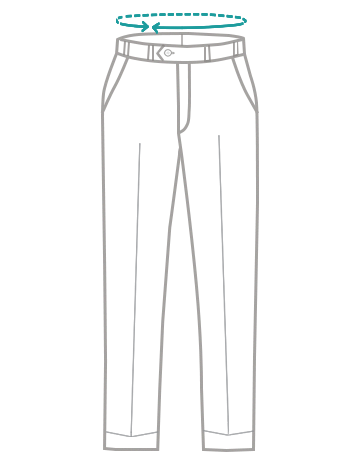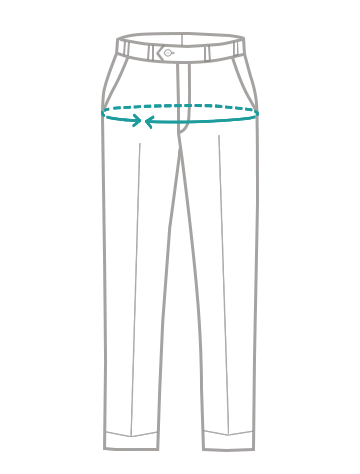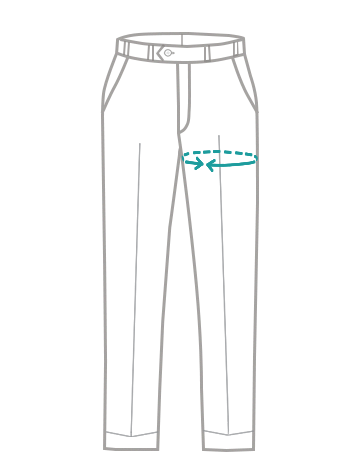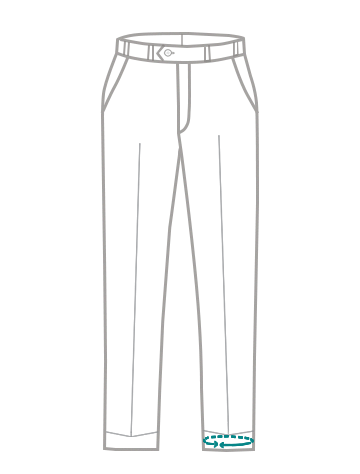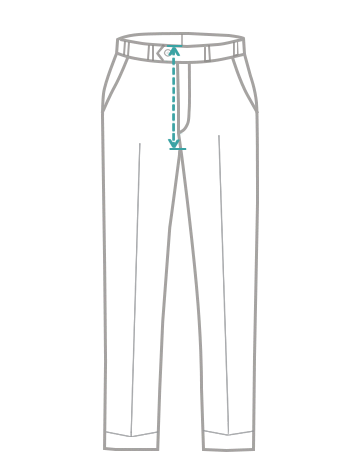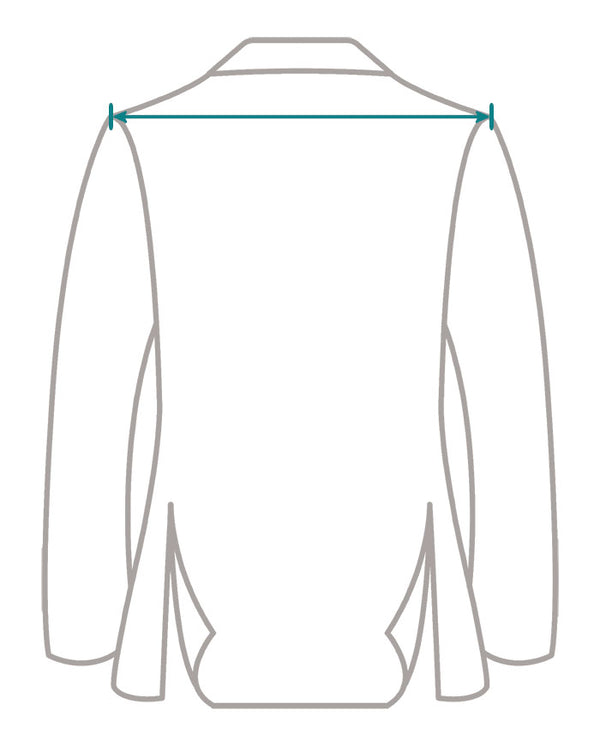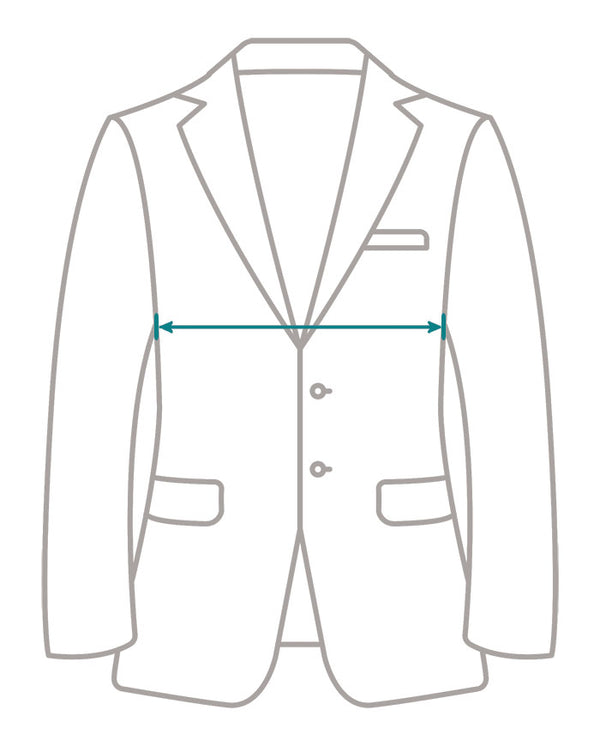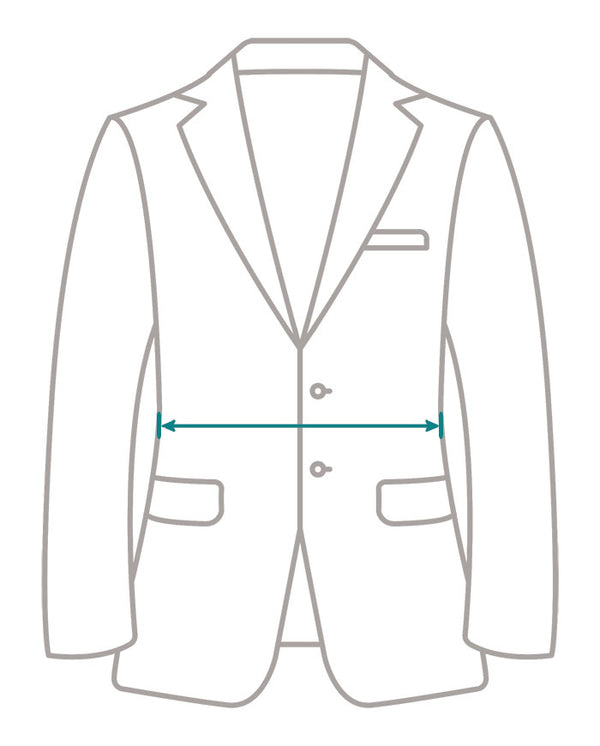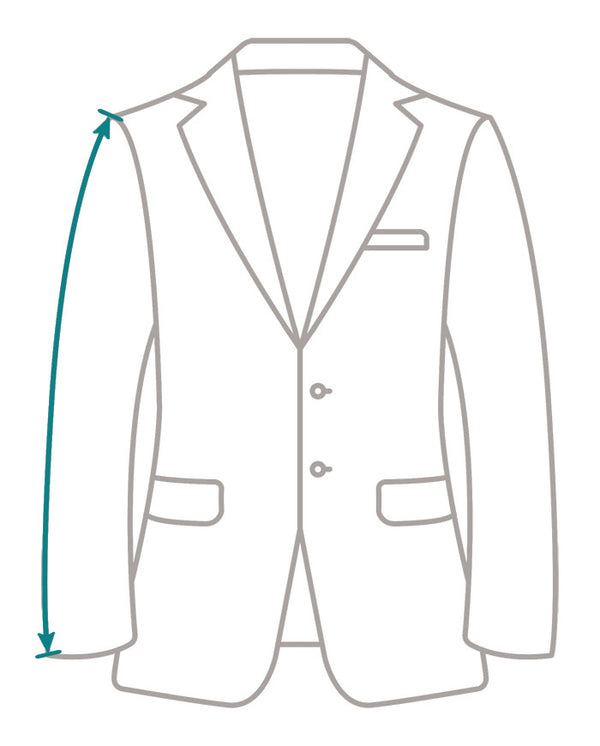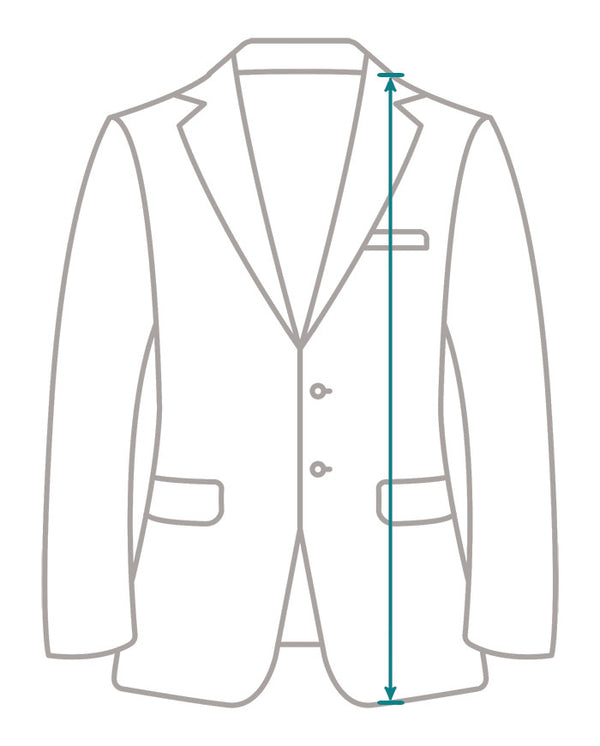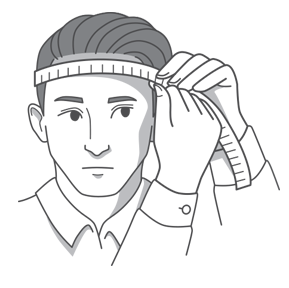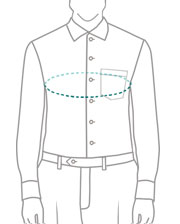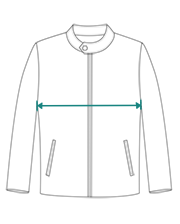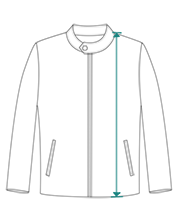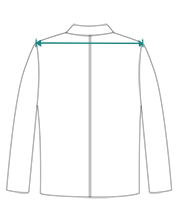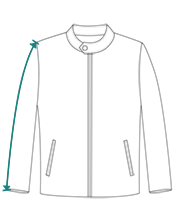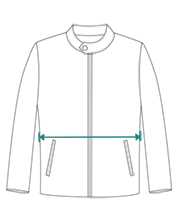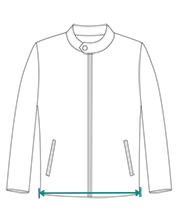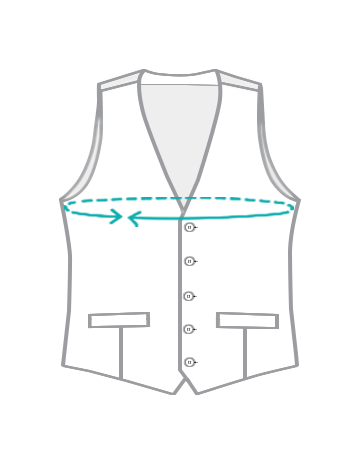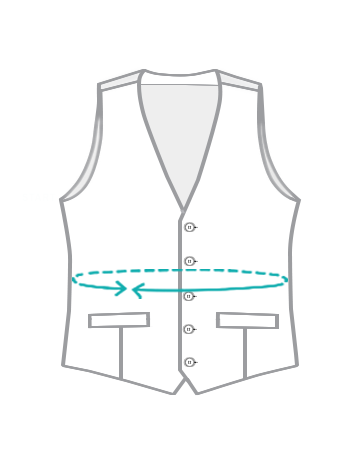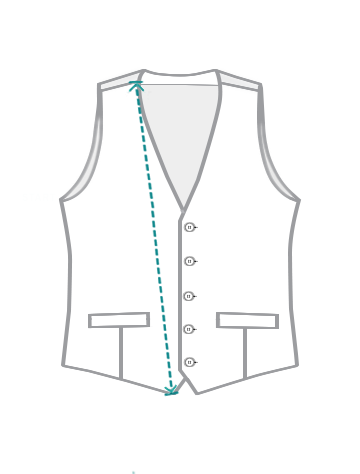COMMON TYPES OF OILS USED ON LEATHER

Leather requires maintenance. Whether it's a leather jacket, leather trousers or any other leather garment, you'll need to maintain it. Real leather, for instance, can dry out. As moisture evaporators out of its pores, it will become drier and less supple. And if leather becomes too dry, it may eventually crack open. You can protect your leather garments from dryness-related damage such as this by hydrating them with an oil.
There are several different types of oils that you can apply to leather garments. Oils are designed to hydrate leather while simultaneously creating a barrier of protection over the surface. Many oils will also add a lustrous sheen to leather. You should choose the right type of oil, however. Below are some of the most common types of oils used on leather, all of which are excellent choices.
Mink Oil
Mink oil is a popular choice for leather garments. Derived from mink fat, it features a high concentration of palmitoleic acid and unsaturated fatty acid. With these compounds, it can hydrate leather.
You can apply mink oil by rubbing it into the surface of a leather garment. Leather is porous. Therefore, it will absorb the mink oil. The mink oil will soak into the leather's pores where it's able to hydrate and protect your leather garment from dryness. As a side benefit, it will also leave your leather garment feeling soft. Mink is commonly used for conditioning purposes. It can condition leather by making it feel softer.
Coconut Oil
Some people use coconut oil on their leather garments. Also known as coconut butter, coconut oil is derived from the edible meat and milk of coconuts. Like mink oil, it's loaded in saturated fat. Coconut oil, in fact, contains over a half-dozen types of saturated fat, including lauric C12, capric C10, oleic C18, palmitic C16 and others.
Many people assume that coconut oil is only good for the skin, but this isn't the case. While you can certainly use it to moisturize your skin, you can also use it to hydrate and moisturize your leather garments. Just rub a small amount of coconut oil into the surface of your leather garments.
Neatsfoot Oil
You may want to choose neatsfoot oil for your leather garments. It's been used as a leather conditioner for centuries. Most neatsfoot oil products, though, contain other compounds besides neatsfoot oil; they typically contain mineral or petroleum oil as well. Regardless, you can use it to hydrate and soften your leather garments.
Keep in mind that neatsfoot oil is more susceptible to oxidation than the other types of oil listed here. Oxidation means that it will spoil. As neatfoot oil is exposed to oxygen, it will undergo various chemical reactions, one of which is oxidation. The chemical composition of the neatfoot oil will change. Eventually, it will spoil. You can still use neatfoot oil on your leather garments, but you should avoid using too much. Start small by applying a very thin layer of neatsfoot oil. If that's not enough, you can gradually apply more until the leather garment looks and feels soft.

Almond Oil
Aside from being used in many culinary dishes, almond oil is commonly used on leather. Almond oil consists of the liquid of pressed almonds. It's made by harvesting almonds and then pressing them. Pressing will extract liquid from the almonds, which is then processed and sold as almond oil.
Like the almonds from which it's made, almond oil is loaded in saturated fat. All of this saturated fat enhances its ability to hydrate and moisturize leather. You can use almond oil to protect your leather garments from dryness-related damage, or you can use it to restore and repair your leather garments from dryness-related damage. It's a safe and effective conditioner for nearly all types of leather garments.
Lanolin Oil
Another common type of oil used on leather is lanolin oil. Also known as wool yolk, it's derived from the naturally occurring wax in sheep's wool. Sheep produce a waxy substance in their sebaceous glands. This wax helps to moisturize their wool coats. Lanolin oil consists of this same type of wax.
In terms of softening power, lanolin oil comes out on top. All of the oils listed here can soften leather, but lanolin is in a league of its own. Even if you only use a small amount, lanolin oil will leave your leather garments feeling ultra soft.
Olive Oil
Olive oil is commonly used on leather as well. Olive oil is derived from the liquid of pressed olives. It's an all-natural fatty oil that can protect your leather garments from dryness-related damage.
If you're going to use olive oil, be sure to choose the extra-virgin variety. Extra-virgin olive oil is minimally processed. Therefore, it contains more antioxidants than other varieties of olive oil. These antioxidants help to protect against oxidation. Olive oil can still oxidize, but it's better protected against oxidation than other, cheaper varieties of olive oil.
Because of its dark color, though, you may want to test olive oil in a discreet area before applying it to the rest of the garment. Olive oil may stain your leather garments. By testing it in a discreet area, you can see firsthand whether it will cause a stain. Just apply a small amount of olive oil to a discreet area and wait about a half-hour or so. As long as you can't see the olive after this period of time, it's safe to apply olive oil to the rest of the garment.
In Conclusion
From mink oil and coconut oil to neatsfoot oil, almond oil and more, there are many different types of oil that you can use on leather. Each type of oil consists of a different liquid with its own composition. With that said, all of the oils listed here can hydrate and moisturize leather.

